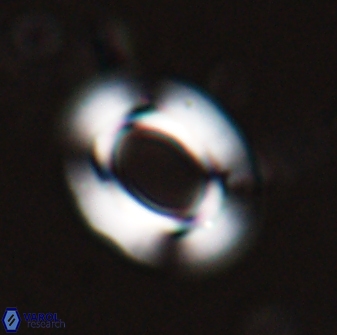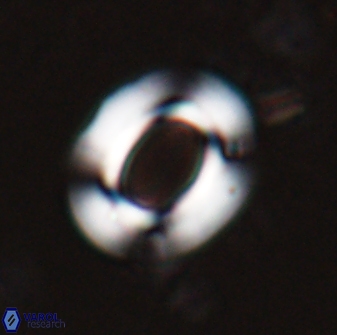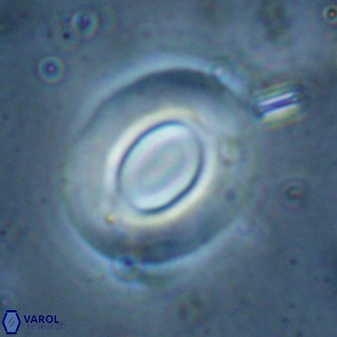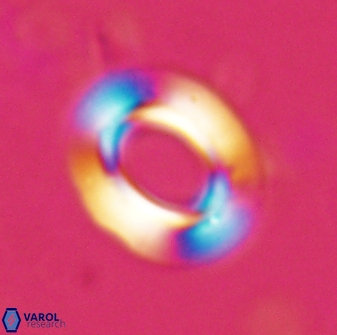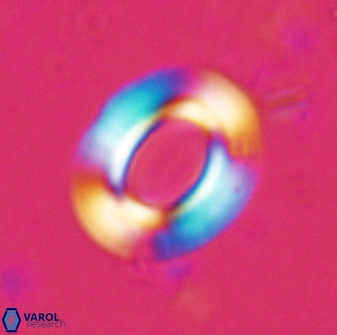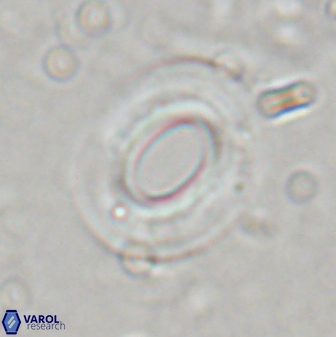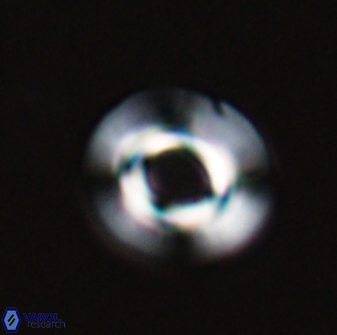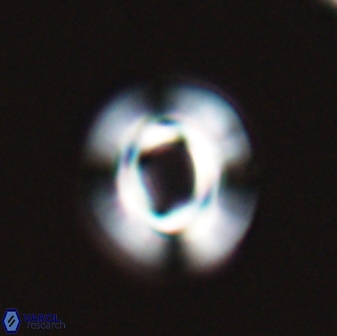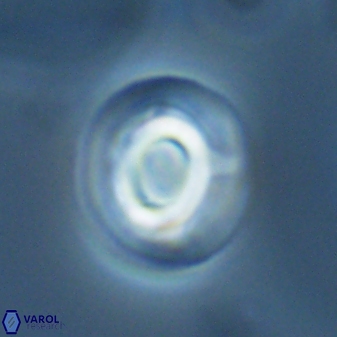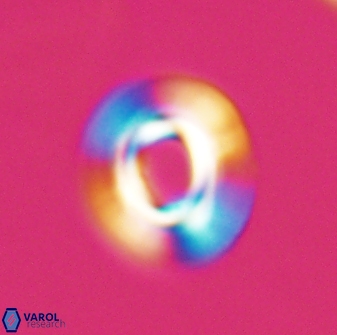Reticulofenestra pseudoumbilicus
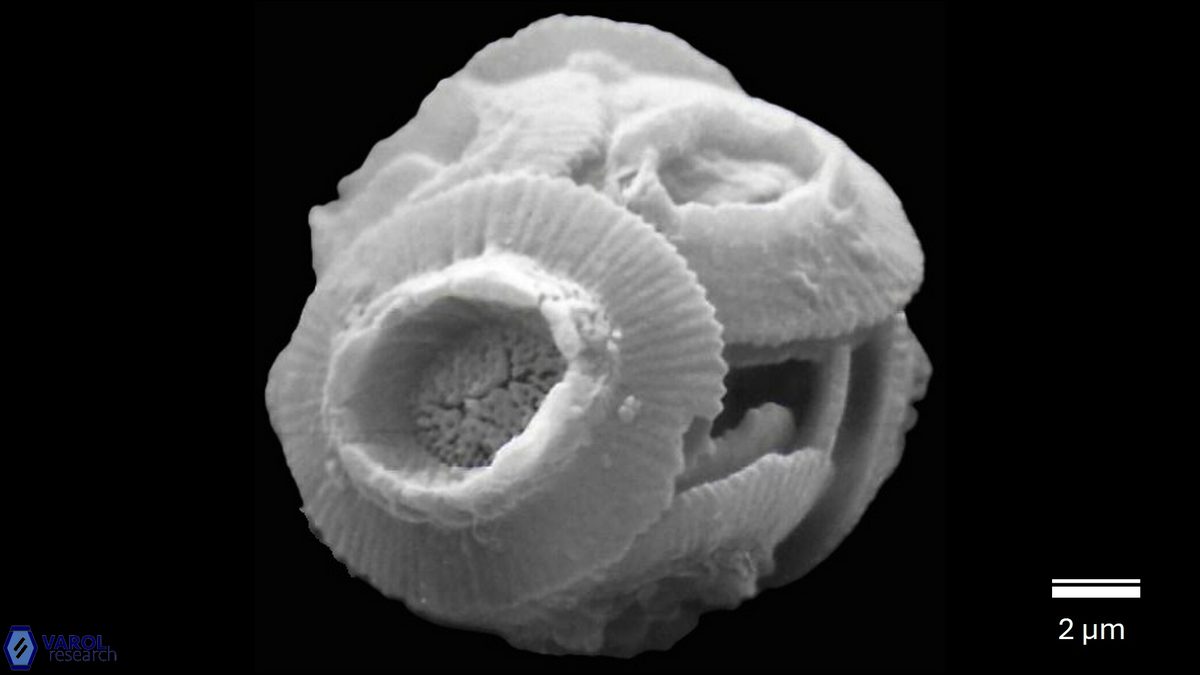
Coccosphere of Reticulofenestra pseudoumbilicus, Middle Miocene, Malta
Set number: 1042
-
1
-
2
-
3
-
4
-
5
-
6
-
7
-
8
-
9
-
10
-
11
-
12
10µm
Set number: 1041
-
1
-
2
-
3
-
4
-
5
-
6
-
7
-
8
10µm
Set number: 1040
-
1
-
2
-
3
-
4
-
5
-
6
-
7
-
8
10µm
Set number: 1039
-
1
-
2
-
3
-
4
-
5
-
6
-
7
-
8
10µm
Set number: 1038
-
1
-
2
-
3
-
4
-
5
-
6
-
7
-
8
10µm
Set number: 1053
-
1
-
2
-
3
Fig 1. Malta, Middle Miocene, 8.0µm; Fig 2. Silifke, Turkey, Middle Miocene, 9.2µm; Fig 3. Malta, Middle Miocene, 9.0µm
Set number: 1054
-
1
-
2
-
3
-
4
-
5
-
6
-
7
-
8
Fig 1. Antakya, Hatay, Turkey, Middle Miocene, 8.0µm; Fig 2. Adana Basin, Late Miocene, 8.4µm; Fig 3. Antalya-Manavgat Road, Turkey, Late Miocene, 8.5µm; Fig 4. Antalya-Manavgat Road, Turkey, Late Miocene, 9.4µm; Fig 5. Antalya-Manavgat Road, Turkey, Late Miocene, 8.4µm; Fig 6. Antalya-Manavgat Road, Turkey, Late Miocene, 9.2µm; Fig 7. Antalya-Manavgat Road, Turkey, Late Miocene, 8.2µm; Fig 8. Adana Basin, Turkey, Late Miocene, 9.5µm;
Coccolithus pseudoumbilicus Gartner, 1967a
Large (>8.0 μm) elliptical species of Reticulofenestra possess the following features:
• The distal shield is larger than the proximal shield.
• The void central area is surrounded by a tube cycle of variable width.
• The diameter of the central area varies in relation to the width of the pelaga.
Its optical properties, including inclined dextrogyre extinction lines (with angles typically around 9° on the distal shield and 77° on the tube cycles on the distal side) and length-fast (-) elongation, are consistent with those of the genus Reticulofenestra.
Gartner, S. 1967a. Calcareous nannofossils from Neogene of Trinidad, Jamaica, and Gulf of Mexico. University of Kansas Paleontological Contributions, Papers 29: 1-7.
Gartner, S. 1969b. Correlation of Neogene planktonic foraminifera and calcareous nannofossil zones. Transactions of the Gulf-Coast Association of Geological Societies. 19: 585-599.
